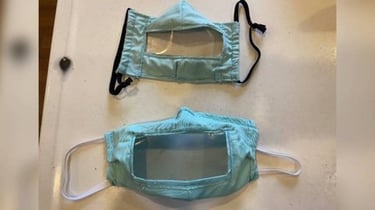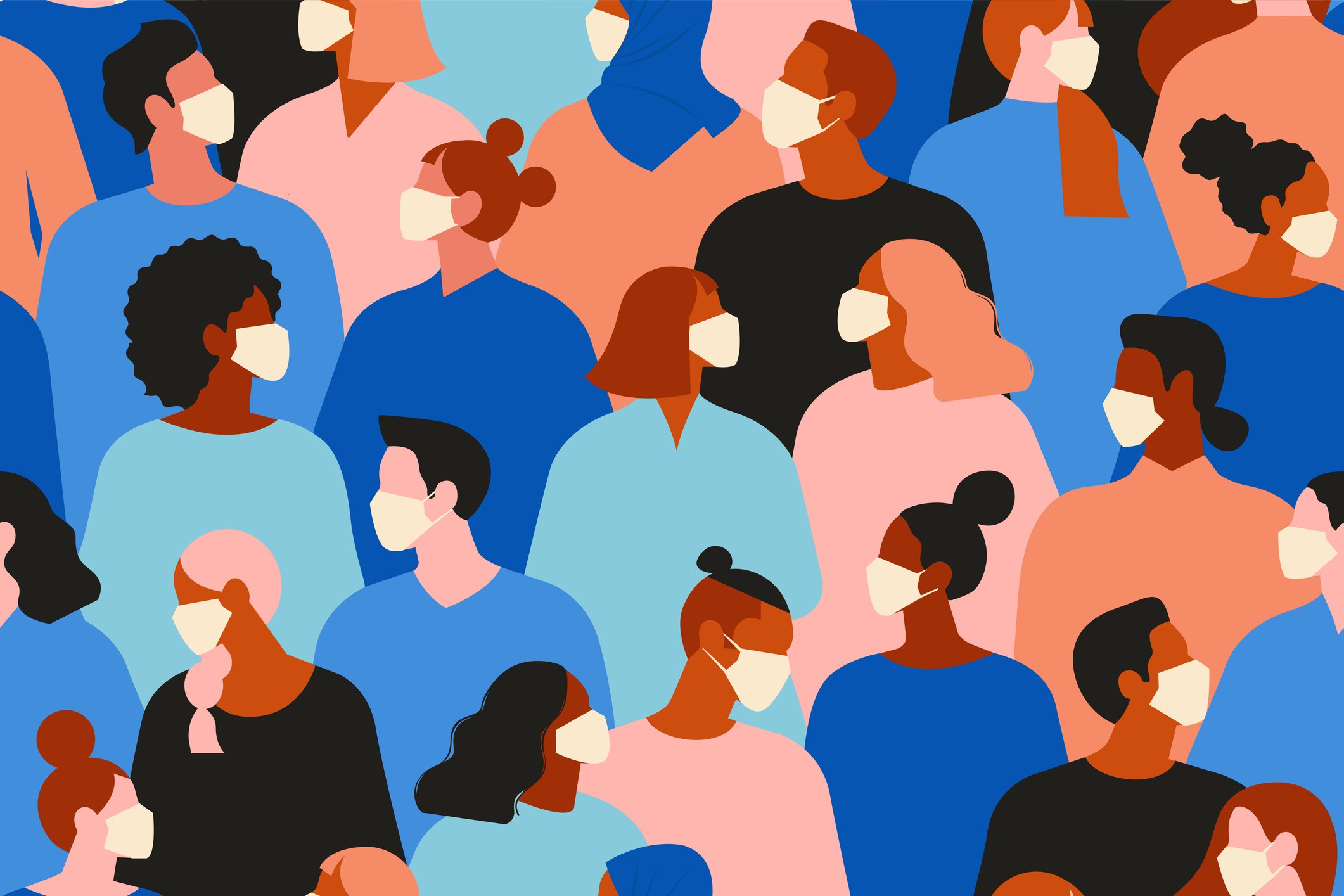 COVID-19 has shone a light on how systemic racism plays a role in health disparities among Black people.
COVID-19 has shone a light on how systemic racism plays a role in health disparities among Black people.
According to Scientific American, the overall death rate from COVID-19 is 2.4 times greater for African Americans than it is for white people.
Camara Phyllis Jones, an Epidemiologist who recently served as president of the American Public Health Association said, “People of color right now are more likely to be infected, and we’re more likely to die. What we’re seeing here is the direct result of racism.”
Hypertension, obesity, diabetes and other risk factors for severe coronavirus complications, are more prevalent in minority populations.
According to an article from STAT, Black people in the U.S. are more likely than white people to live in food deserts, meaning they have limited access to fresh fruit or vegetables. They are also less likely to be able to access green spaces, and more likely to live in areas without clean water or air.
Household spread is the most common form of virus transmission. Many people of color live in overcrowded homes and communities so it's difficult to social distance. It is also difficult to find an outdoor place to social distance as there are fewer publicly provided resources, such as parks and bike lanes, for minority-dense neighborhoods.
The best advice to fighting the virus is to stay at home but, unfortunately essential workers don't have this option. Not only are fewer Black and Latino adults able to work from home, but they're also overrepresented in essential jobs.
These health disparities are further worsened by an unequal healthcare system. People of color often have unequal access to care, and when they do receive care it is often poorer quality.
The National Academy of Medicine (NAM) released a report that found “racial and ethnic minorities receive lower-quality health care than white people—even when insurance status, income, age, and severity of conditions are comparable.”
In order for things to change, the entire health care field, from medical schools to hospitals and even medical device manufacturers, need to work to unravel and address racism within the healthcare system.
Progress will take time and efforts must occur on every societal level. This involves a wide range of actions, like improving wages and closing pay gaps, improving access to health insurance, providing better access to fresh foods and green spaces, and ensuring more diversity in the health care system so healthcare workers can provide culturally competent care.



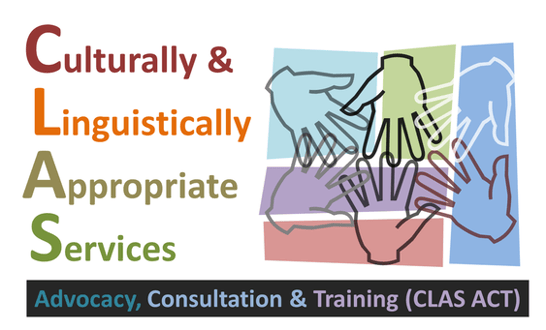
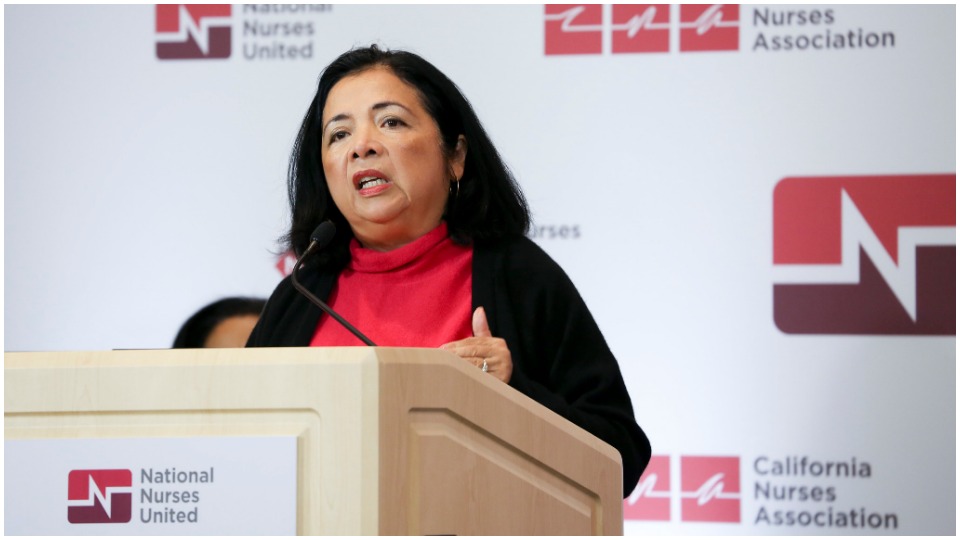 Bonnie Castillo, is the Executive Director of National Nurses United (NNU) and a former Intensive Care Nurse.
Bonnie Castillo, is the Executive Director of National Nurses United (NNU) and a former Intensive Care Nurse. 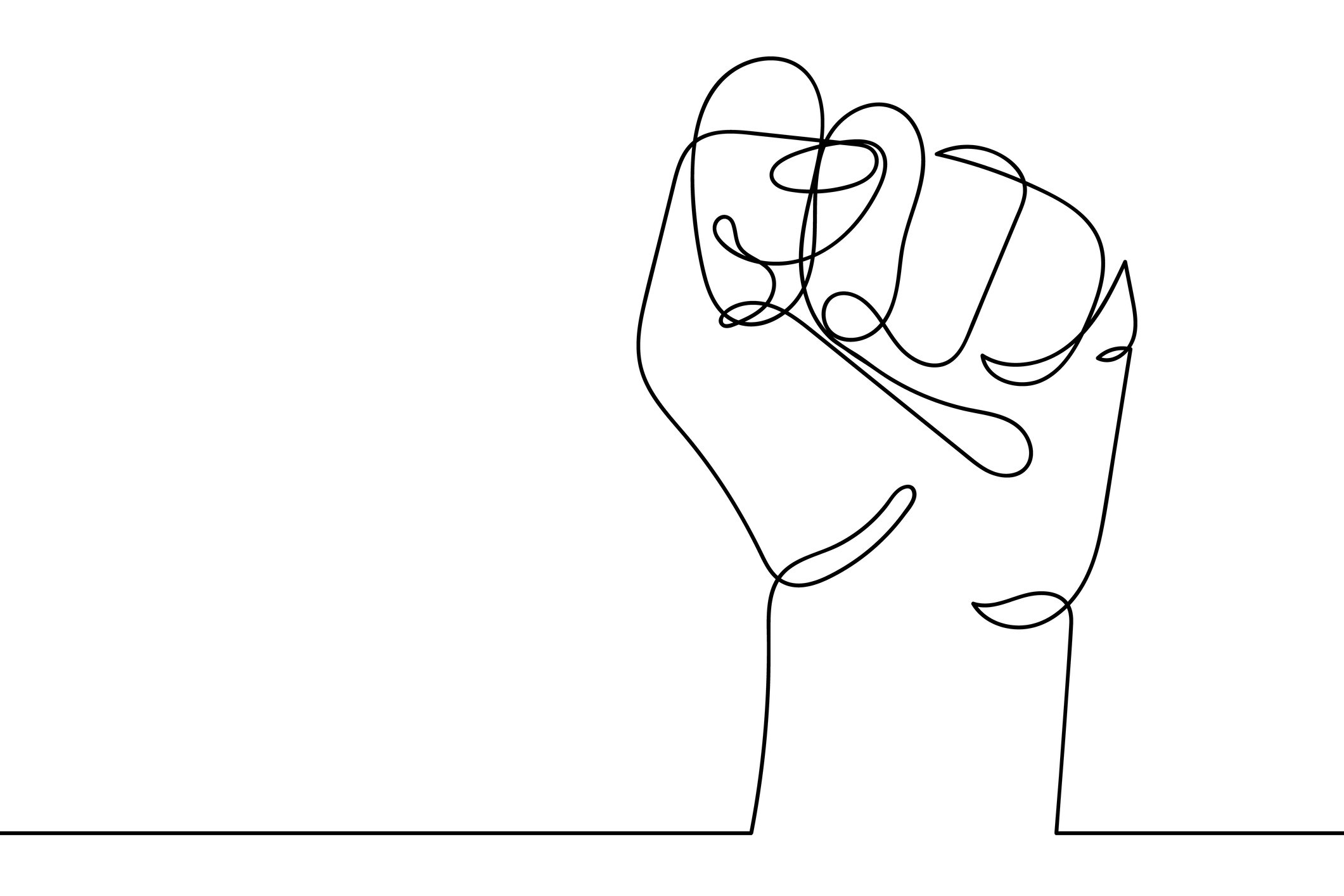 Black Lives Matter protests are happening all across America and as people take to the streets to protest, medical workers are doing their part in supporting protesters.
Black Lives Matter protests are happening all across America and as people take to the streets to protest, medical workers are doing their part in supporting protesters.
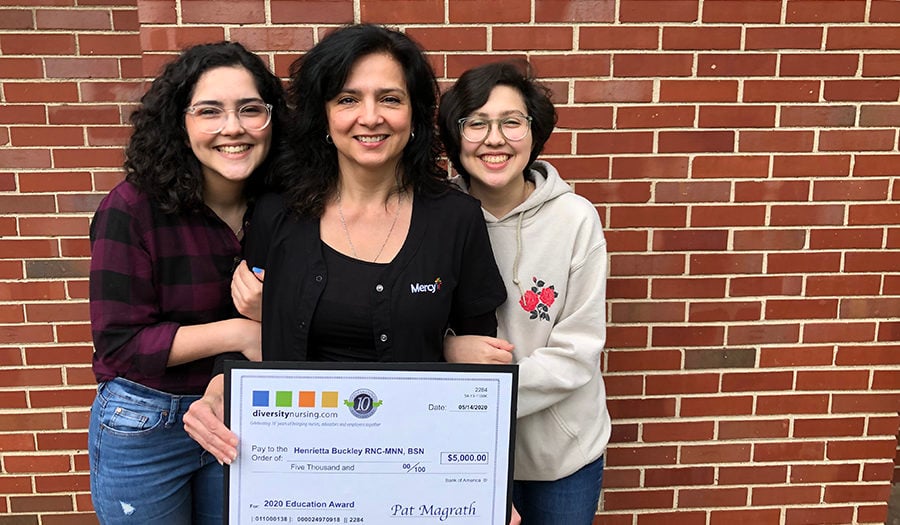 DiversityNursing.com announced the Winner of their 2020 DiversityNursing.com $5,000 Education Award. We are delighted to announce our Winner is Henrietta Buckley of St Louis, MO! Henrietta has enjoyed her career as a Nurse for 19 years and is currently working on her Master’s degree in Nurse Education.
DiversityNursing.com announced the Winner of their 2020 DiversityNursing.com $5,000 Education Award. We are delighted to announce our Winner is Henrietta Buckley of St Louis, MO! Henrietta has enjoyed her career as a Nurse for 19 years and is currently working on her Master’s degree in Nurse Education.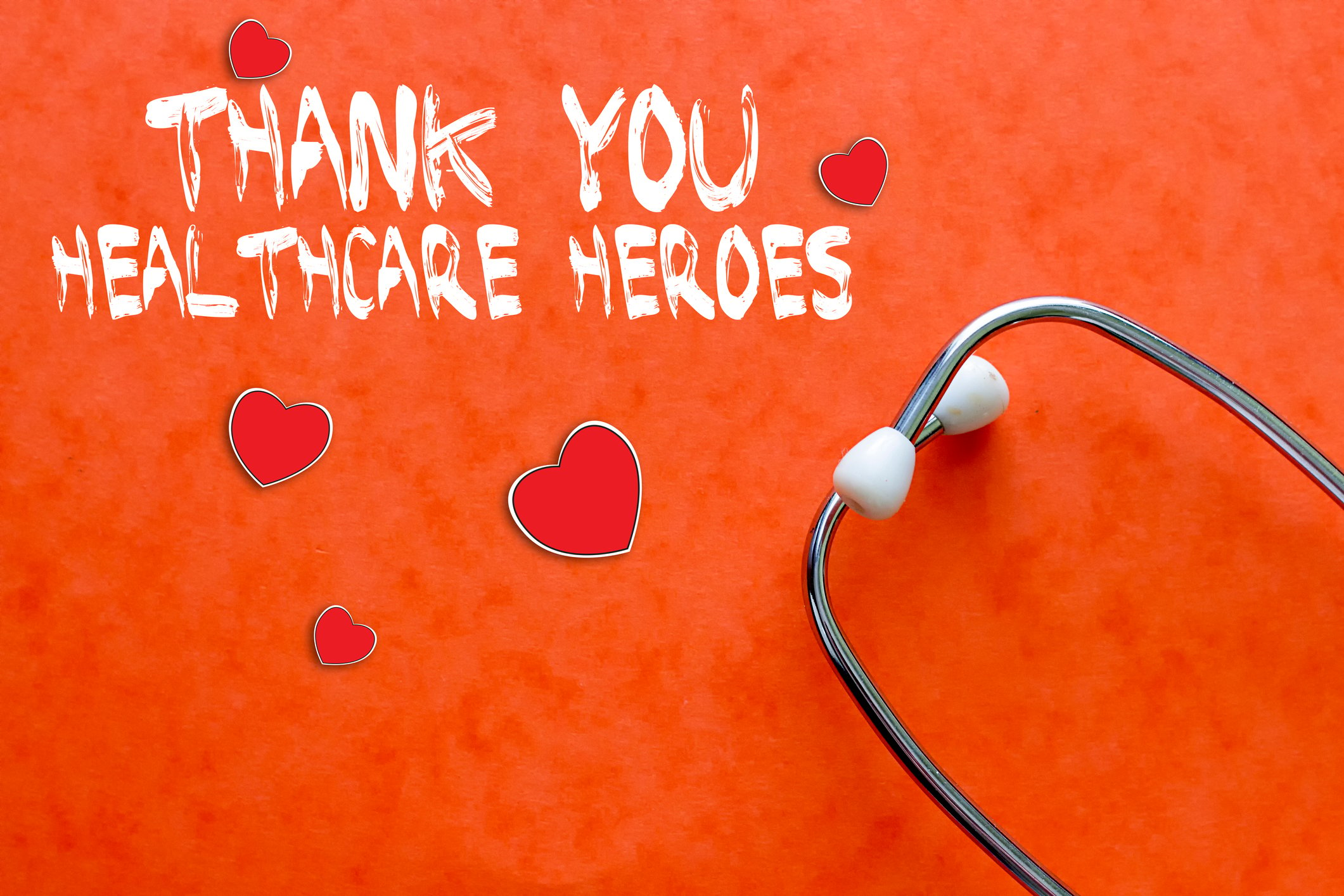
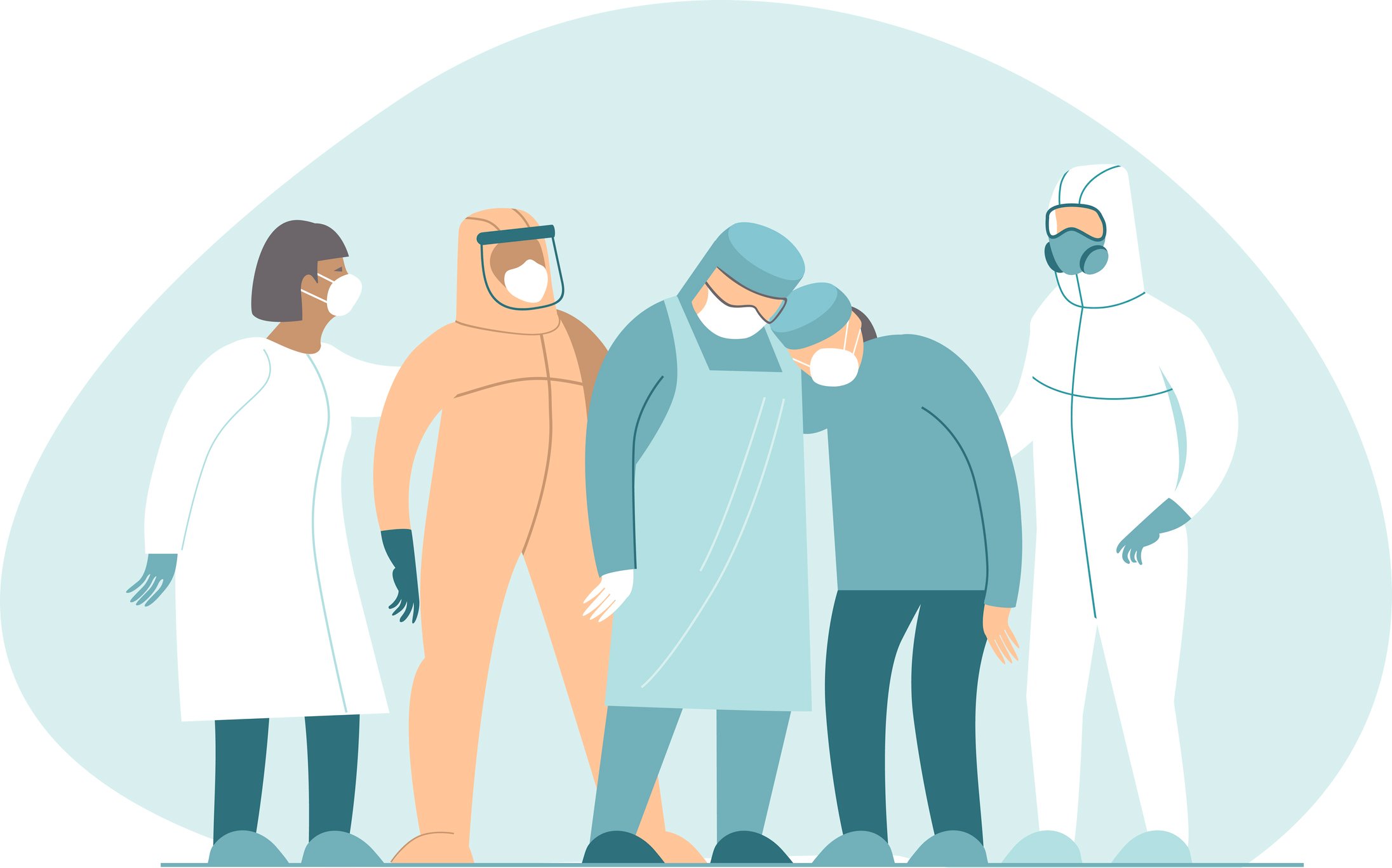 Many Nurses and Doctors said in interviews with
Many Nurses and Doctors said in interviews with 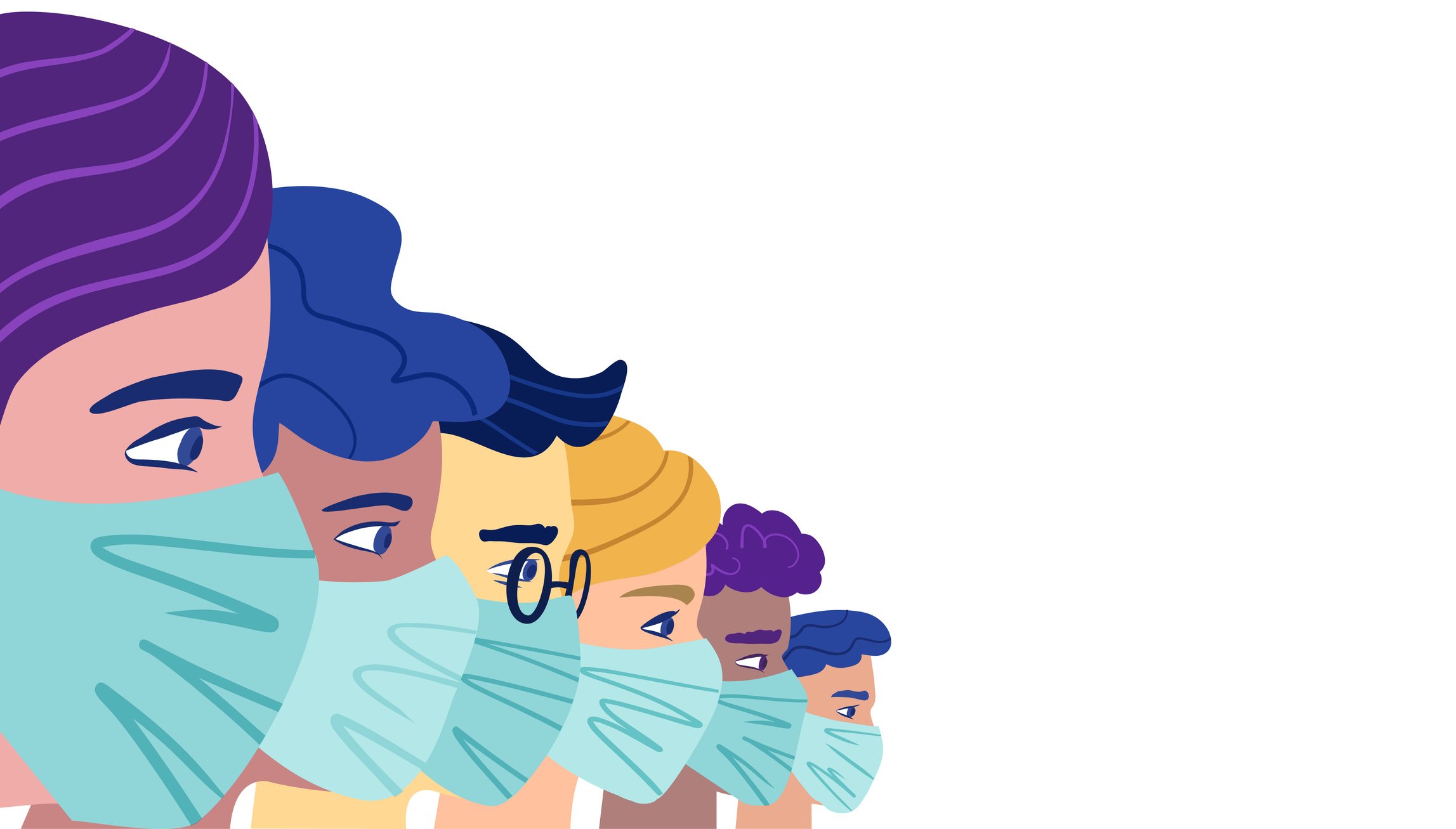 From car rental companies to sports apparel makers, organizations across the country have shifted operations to support health care workers in the fight against the coronavirus pandemic.
From car rental companies to sports apparel makers, organizations across the country have shifted operations to support health care workers in the fight against the coronavirus pandemic.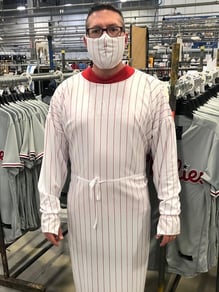
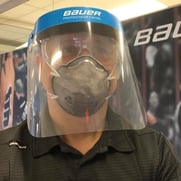
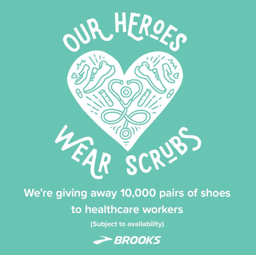 Brooks Running donated 10,000 pairs of shoes to health care workers on the front lines of the pandemic.
Brooks Running donated 10,000 pairs of shoes to health care workers on the front lines of the pandemic.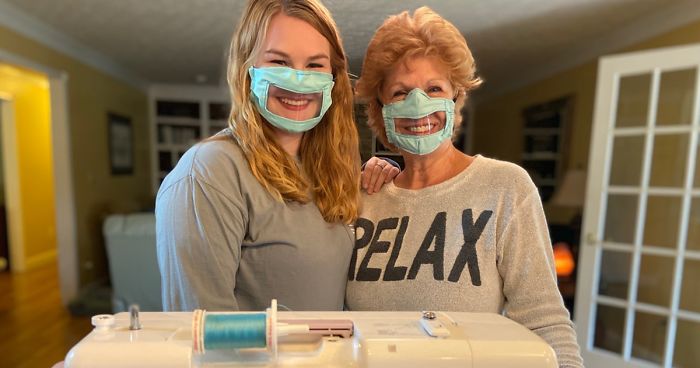 As COVID-19 continues to impact communities around the world, people are coming together to help one another now more than ever.
As COVID-19 continues to impact communities around the world, people are coming together to help one another now more than ever. 